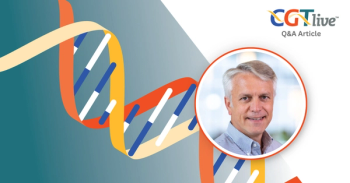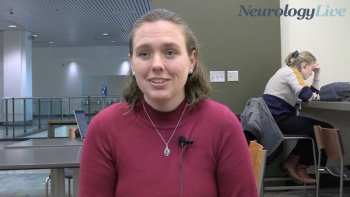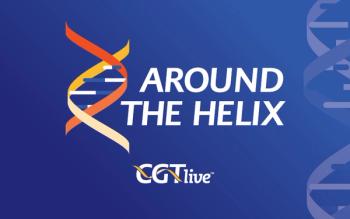
DRGs Underpay for Stem Cell Therapy
SAN ANTONIO--Although the literature suggests that peripheral blood stem cell support for hematologic salvage after high-dose chemotherapy is somewhat less expensive than autologous bone marrow transplant (ABMT), the difference is nowhere near the $80,000 disparity found in diagnostic-related group (DRG)-based reimbursement, Philip Bierman, MD, said at a lymphoma symposium sponsored by the University of Texas M.D. Anderson Cancer Center.
SAN ANTONIO--Although the literature suggests that peripheralblood stem cell support for hematologic salvage after high-dosechemotherapy is somewhat less expensive than autologous bone marrowtransplant (ABMT), the difference is nowhere near the $80,000disparity found in diagnostic-related group (DRG)-based reimbursement,Philip Bierman, MD, said at a lymphoma symposium sponsored bythe University of Texas M.D. Anderson Cancer Center.
The DRG allowance for a stem cell transplant for non-Hodgkin'slymphoma patients is $9,880, compared with more than $89,000 forABMT, said Dr. Bierman, associate professor of medicine, Universityof Nebraska. But reports in the literature suggest a differenceof only a few thousand dollars, he said.
Since DRG-based reimbursement is used primarily by Medicare, Medicaid,and Blue Cross/Blue Shield, only a small percentage of transplantsare affected, he said, and he doesn't believe that physiciansor hospitals have allowed the payment difference to influenceclinical decision making. Furthermore, he said, the problem maybe resolved next year when the government reviews the issue.
Newsletter
Stay at the forefront of cutting-edge science with CGT—your direct line to expert insights, breakthrough data, and real-time coverage of the latest advancements in cell and gene therapy.


































